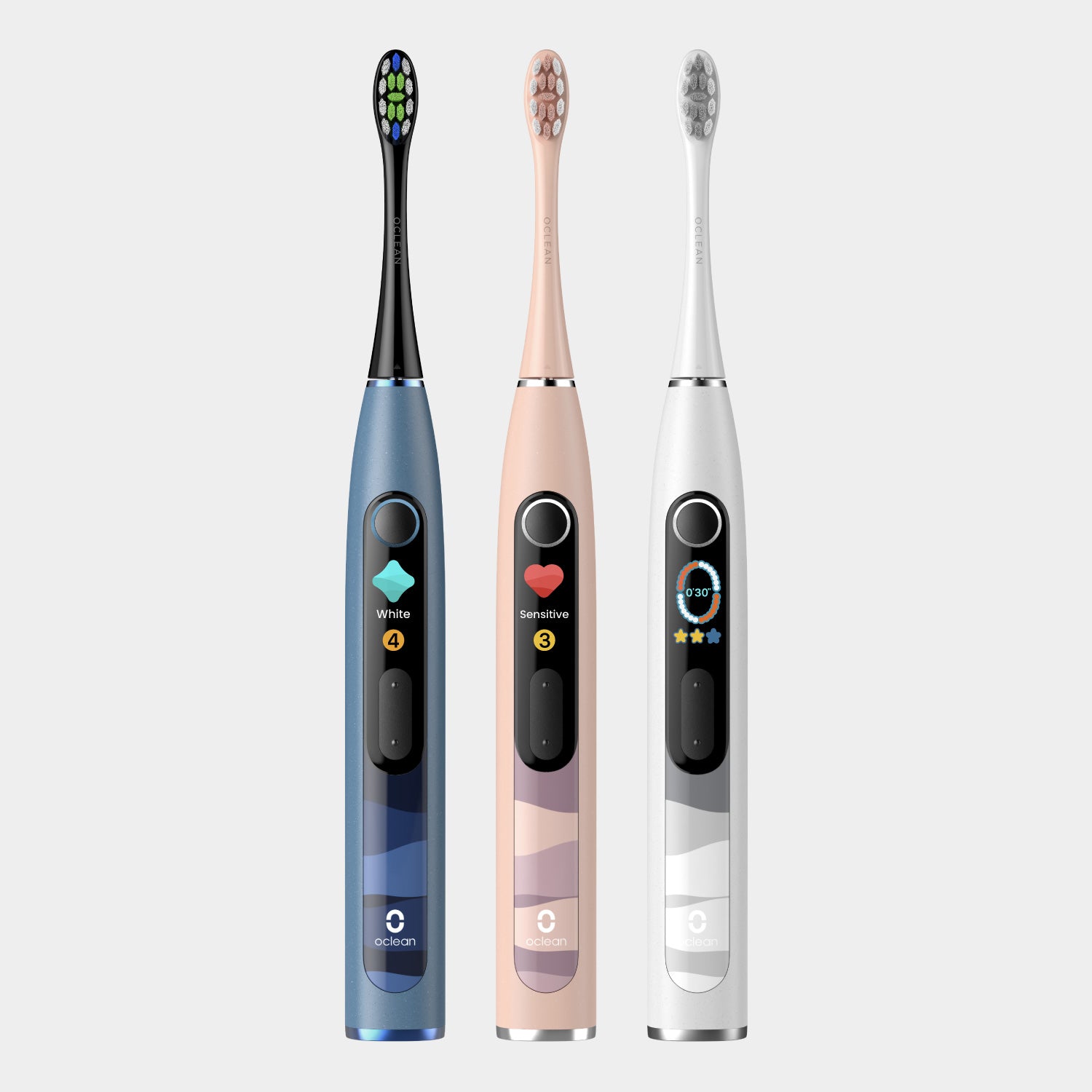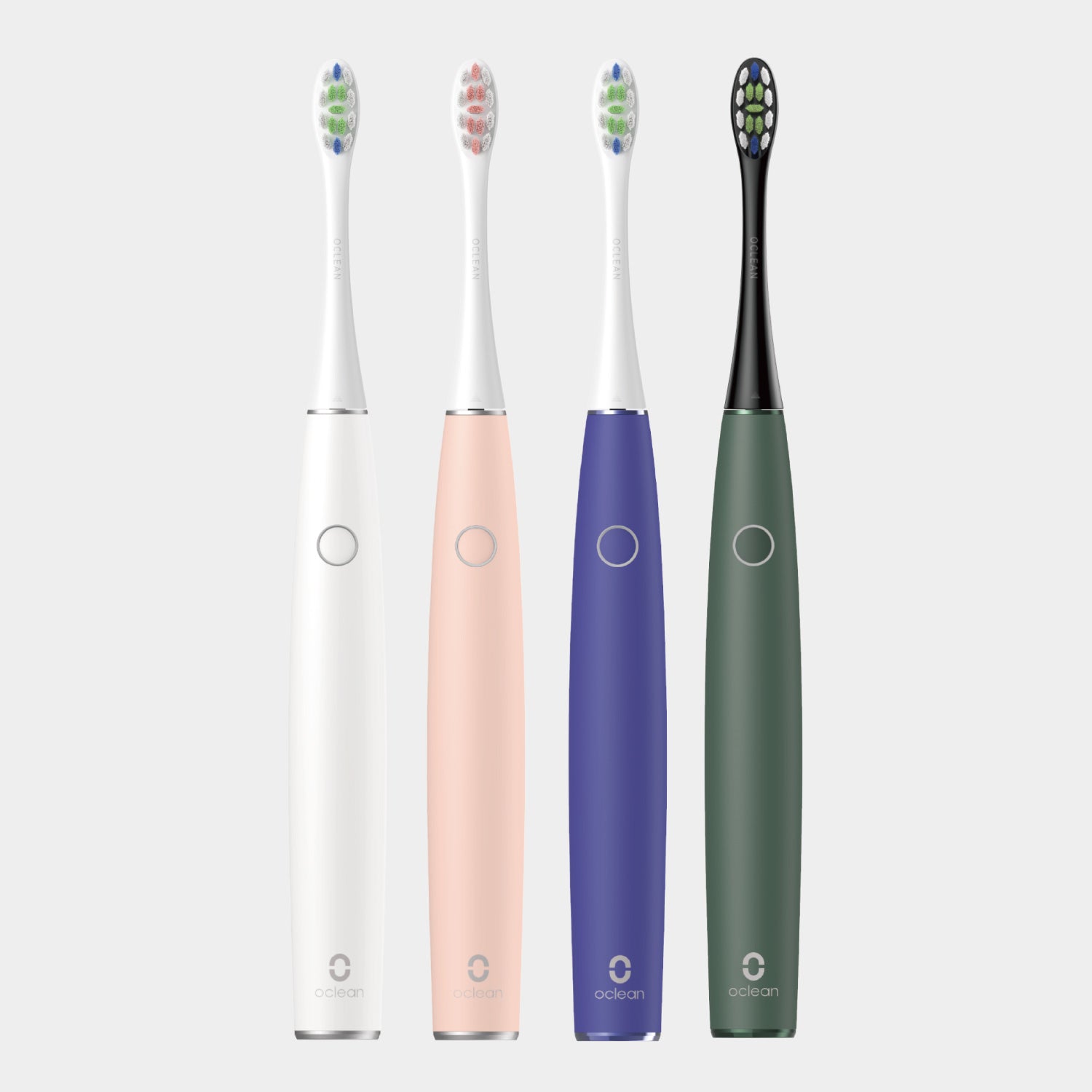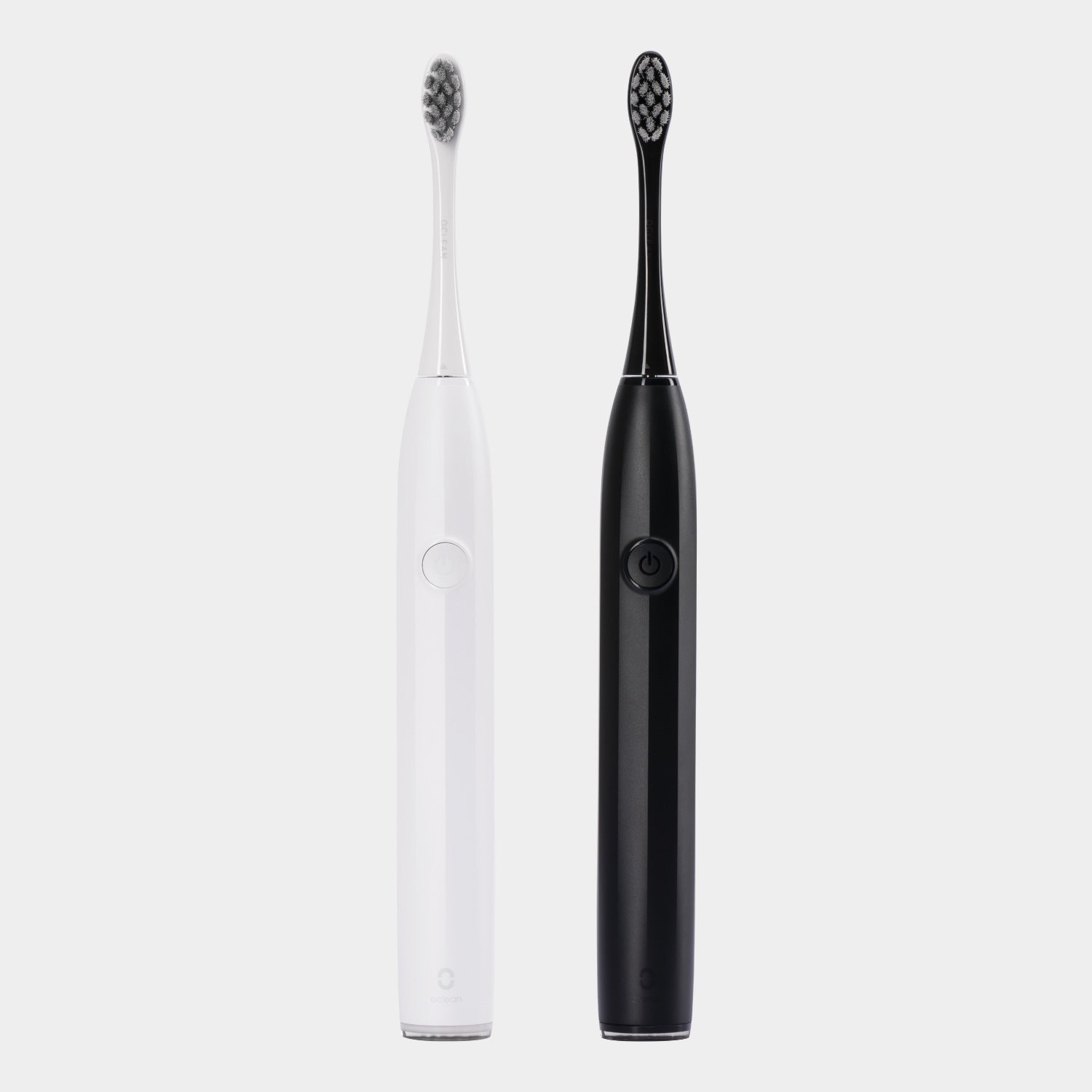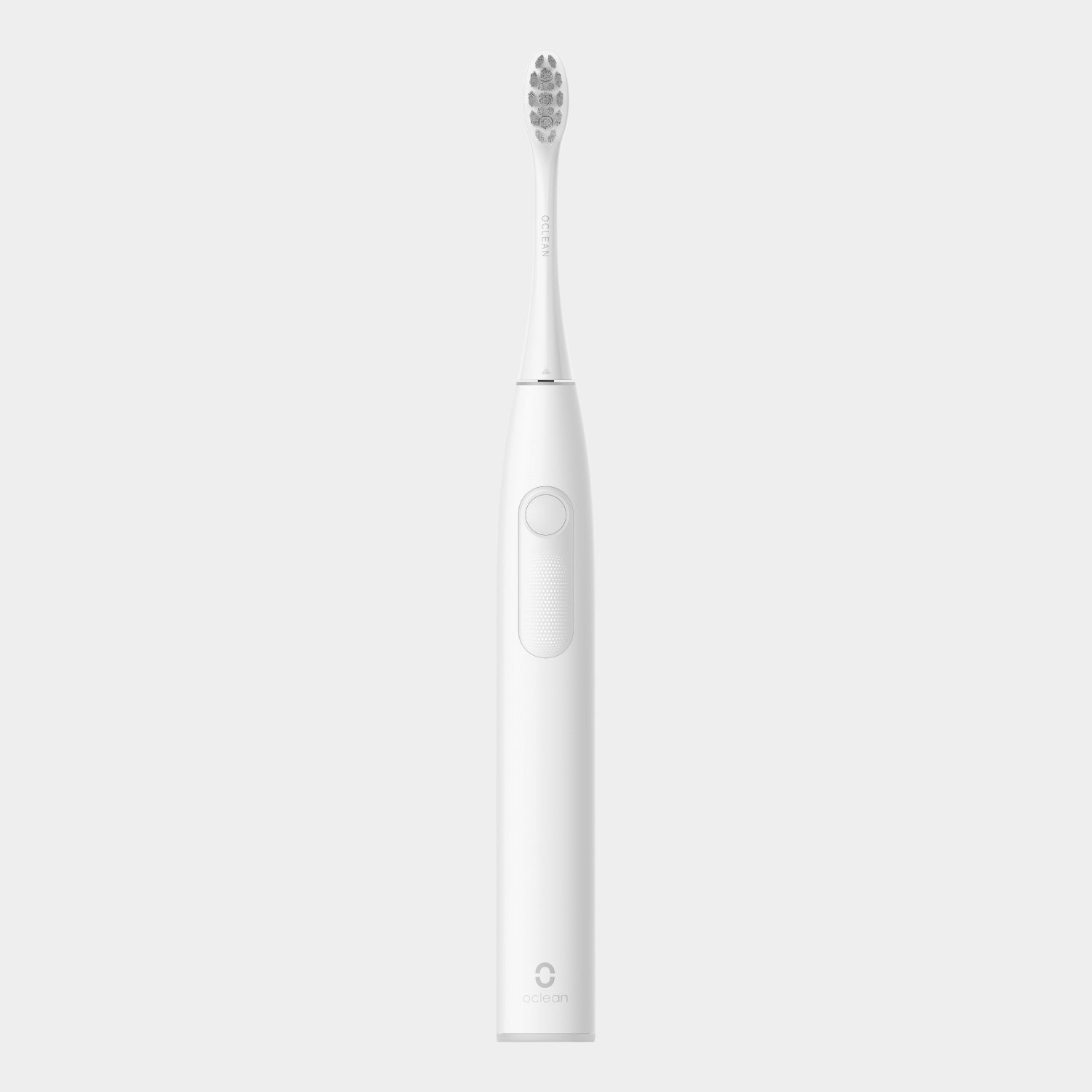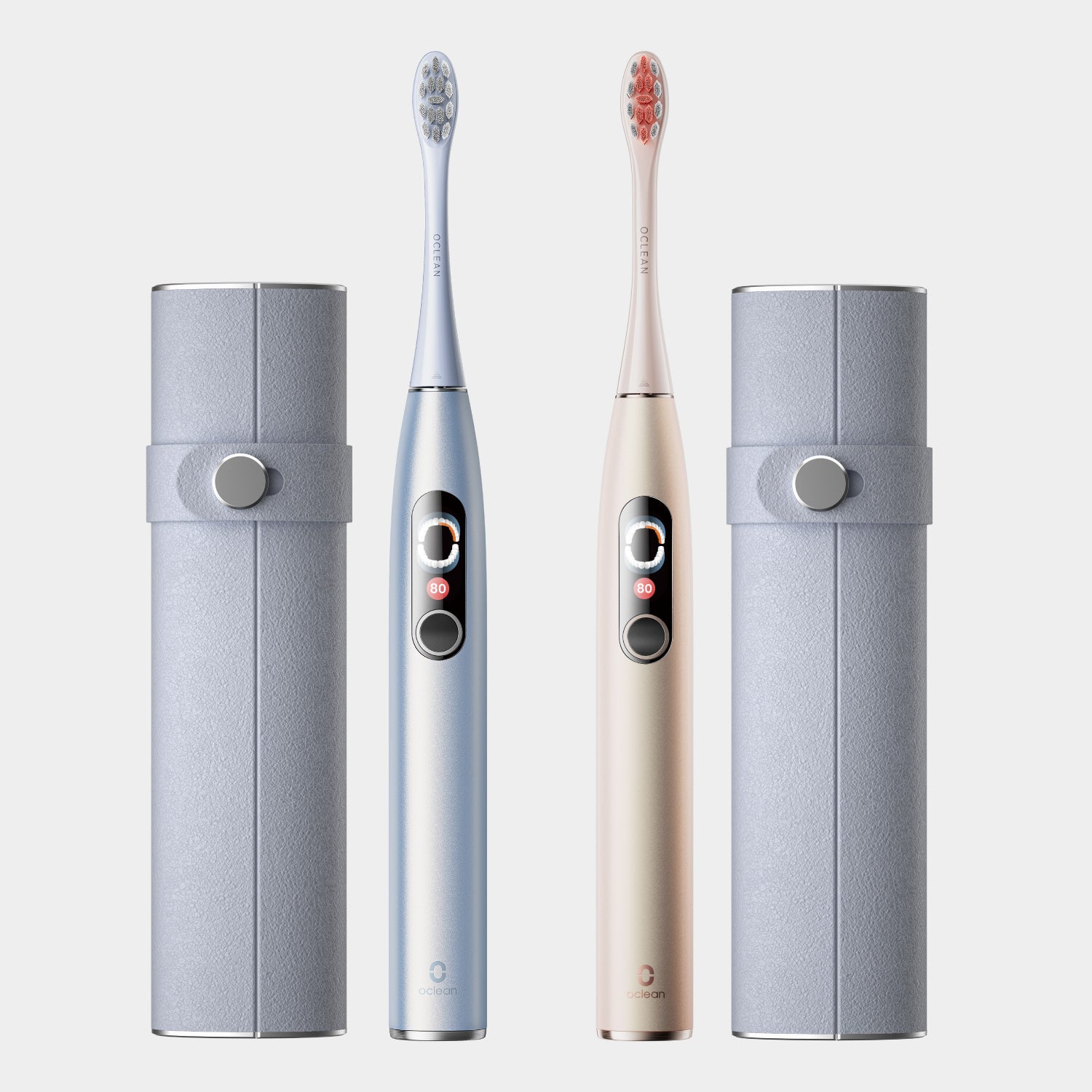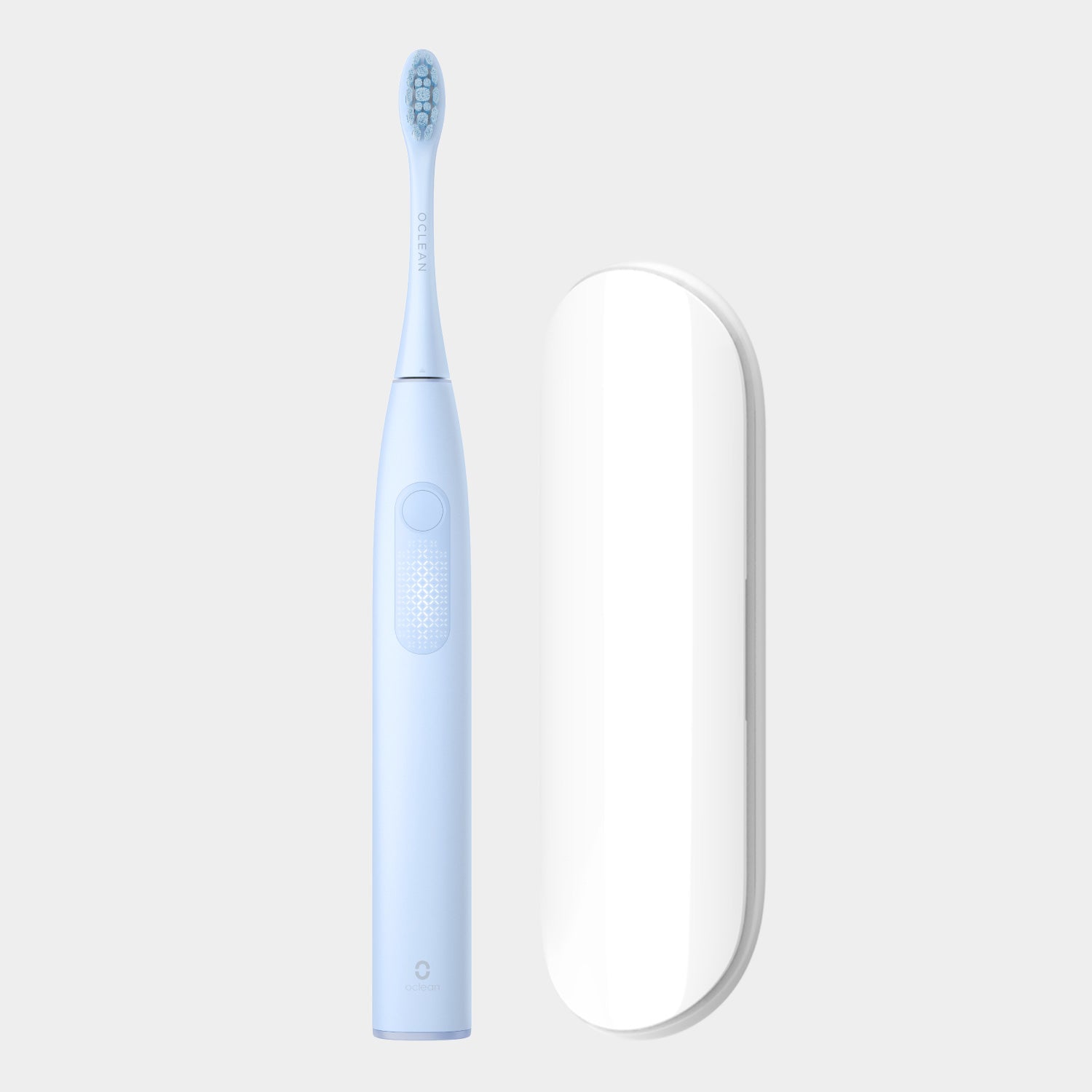Did you know evidence of the first dental implant dates back as far as 4000 years ago? In ancient China, the first known teeth replacement was done by taping bamboo pegs into the jawbone. Since then, methods to integrate a prosthesis into bone have become far more advanced, aiming to increase their lifespan and ensure optimal function and esthetics.
Studies have shown that a fixed replacement of teeth has shown higher levels of patient satisfaction compared to removable replacements, which are generally regarded as temporary replacements at best. In fact, there are even many celebrities before and after implant pictures available on the internet that highlight the difference this treatment option makes. Although implants are fixed prostheses, they too have a lifespan dependent on many factors. Let's discuss dental implants, facts about their permanency, and how you can prolong their lifespan.
Understanding the Parts of an Implant
There are many stages involved in placing an implant. Each step caters to different parts of an implant, which in the simplest sense, are 3 in number:
1. Fixture: the part placed first into the bone is known as the fixture, which is basically a screw that is tapered just like a natural root;
2. Abutment: the part placed on top of the fixture is the abutment, which sits between the fixture and prosthesis; and
3. Dental Prosthetic: This could be a crown, bridge, or denture, depending on the individual patient'spatient's need.
The Expected Lifespan of a Dental Implant
Although an effective form of treatment, costs associated with dental implants can be relatively high. Patients nevertheless still opt for this treatment based on its longevity; however, there is inconsistent data about the exact lifespan of an implant. Although generally considered to last a good 20 to 30 years, this figure can significantly vary based on various factors and situations.
Factors That Influence the Lifespan of a Dental Implant
1. Your Oral Hygiene: Not keeping your implant and the area around the implant clean allows bacteria to cause infections. Poor oral hygiene also prevents the implant from embedding into the bone properly. Establishing a direct and continuous relationship between an implant and bone (a process known as osseointegration) is essential to prevent an implant from failing. Hence, the cleaner you keep your implant, the longer it will last.
2. How You Use the Implant: heavy biting forces, grinding the implant, and continuously eating hard food can damage not only the prosthesis but also has the potential to cause cracks in the abutment and fixture, ending the lifespan of this implant and warranting a replacement.
3. How Skilled Your Dental Surgeon Is: A skilled dental surgeon will design a personalized treatment plan for each patient, evaluating the available bone, co-existing medical conditions, and the best material and time frame suited for the treatment to deliver a prosthesis with a prolonged lifespan.
4. Lifestyle choices: smoking and drinking prevents the implant from healing properly and can thus negatively affect osteointegration.
5. Medical Conditions: diabetics and immune-compromised states do not allow proper healing of an implant, which can critically affect the success rate of an implant.
6. Where the Implant Is Placed: the five-year success rate of lower jaw implants has been shown to be approximately 95% compared to that of upper jaw implants, for which the success rate is 90%.
Prolong the Life of Your Implant At Home
As mentioned earlier, one of the main determinants of how long your implant will last is your oral hygiene. With proper oral hygiene tools, not only will there be the successful integration of the implant into the bone, but the gums will also be spared from acquiring infections and bleeding tendencies.
Maintaining good oral hygiene includes:
1. Brushing twice a day. Most individuals prefer using smart toothbrush, which are electric toothbrushes that are known to be superior in plaque removal.
2. Flossing once a day.
3. Visiting a dentist for a follow-up every six months.
Can You Floss Around An Implant?
Flossing is a highly neglected oral hygiene practice, which is even more complicated when a patient has an implant. However, without flossing, bacteria and food debris may accumulate in tiny crevices that a regular toothbrush cannot reach.
A practical alternative is a dental water flosser. Studies have shown that using water flossers around implants reduced bleeding more than what was possible with a piece of regular string floss. This device uses a stream of water around the implant to dislodge any persistent food debris and harmful bacteria that were hard to reach with a toothbrush.
The Takeaway
Although much of an implant'simplant's lifespan is dependent on various factors, patients can extend this time frame by adhering to a proper oral hygiene maintenance protocol. Patients can greatly benefit from using Oclean's portable water flossers and smart electric toothbrushes for this purpose and continue to reap the benefits of going through an implant procedure for a more extended period.
*Cover image from pexels@cottonbro, we will delete it if constitutes infringement *
Related Readings:
Can You Bring an Electric Toothbrush on a Plane
How Many Calories Are in Toothpaste
What Happens if You Swallow Toothpaste
Are Charcoal Toothbrushes Safe






